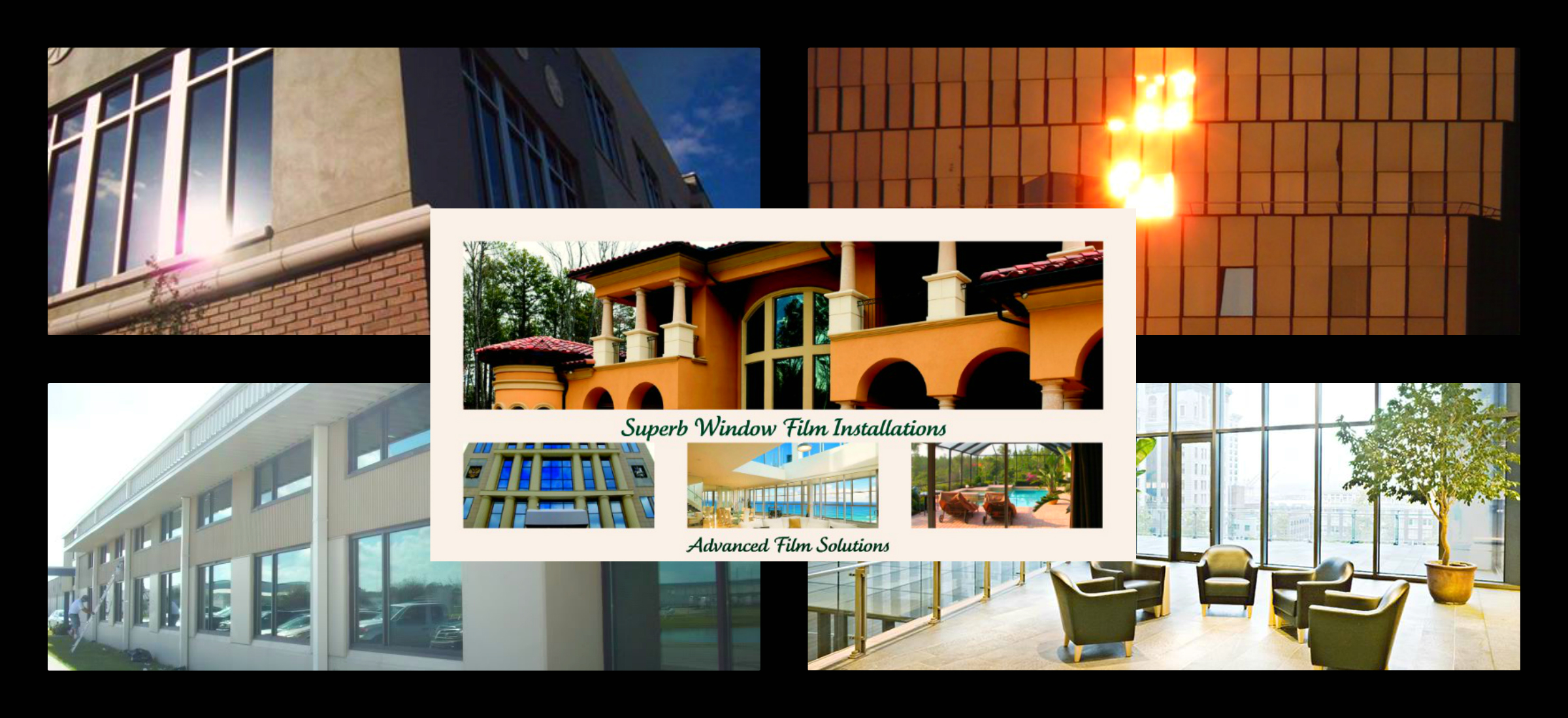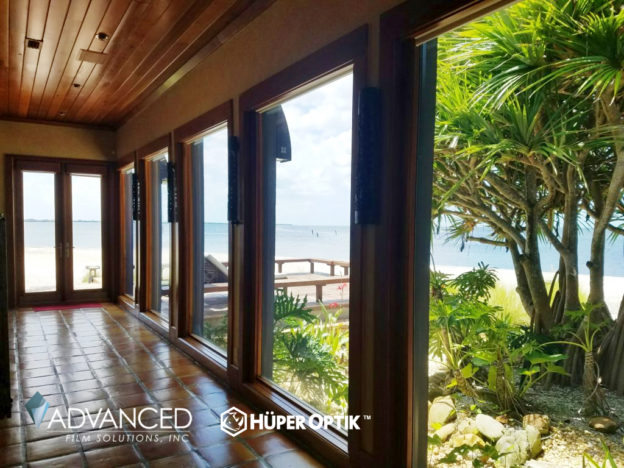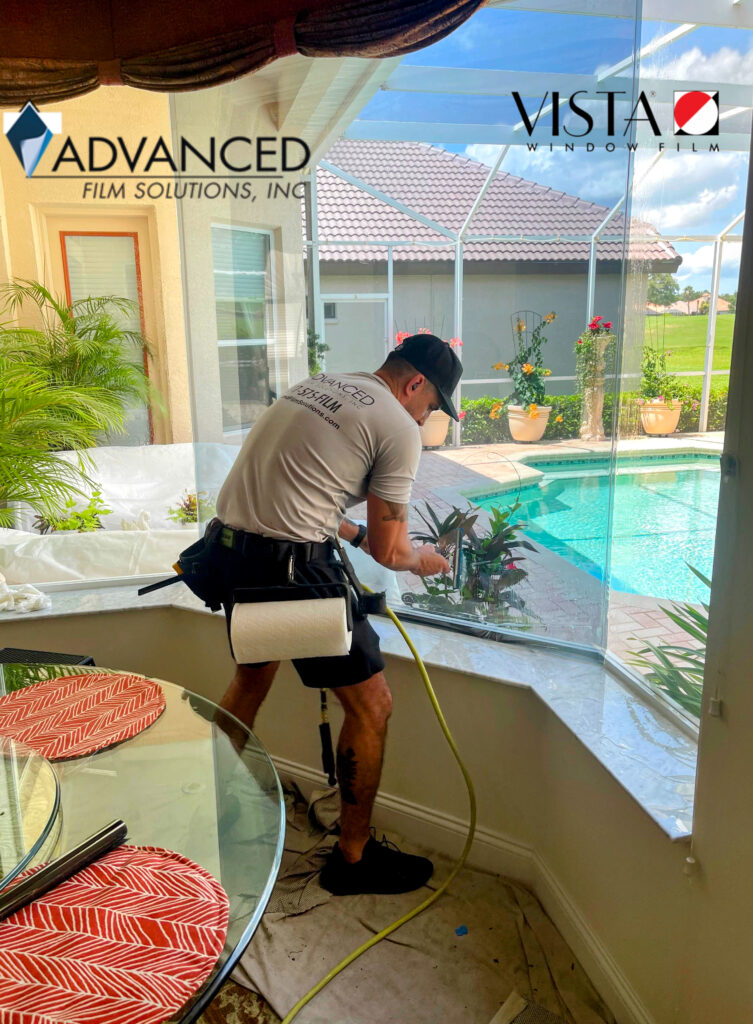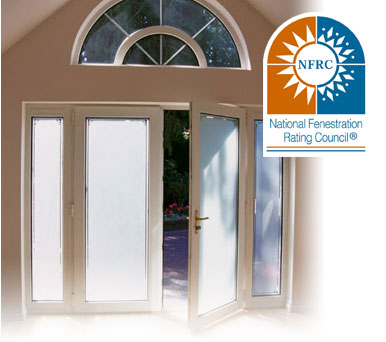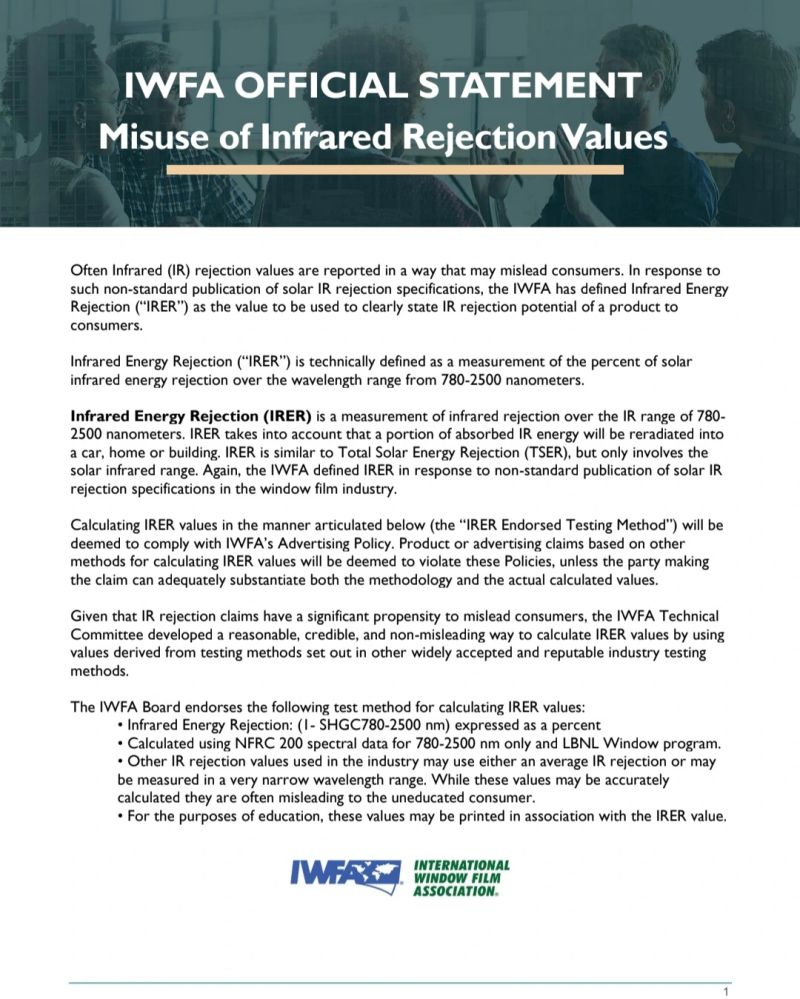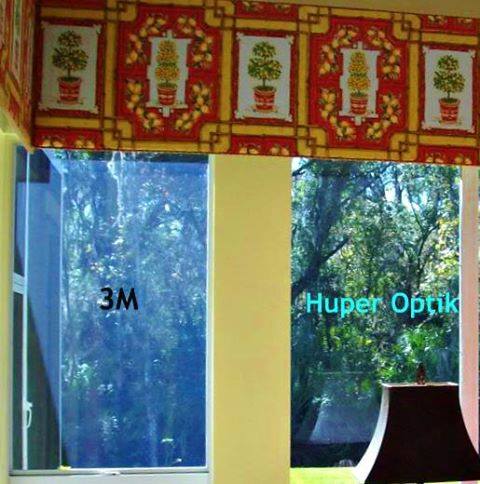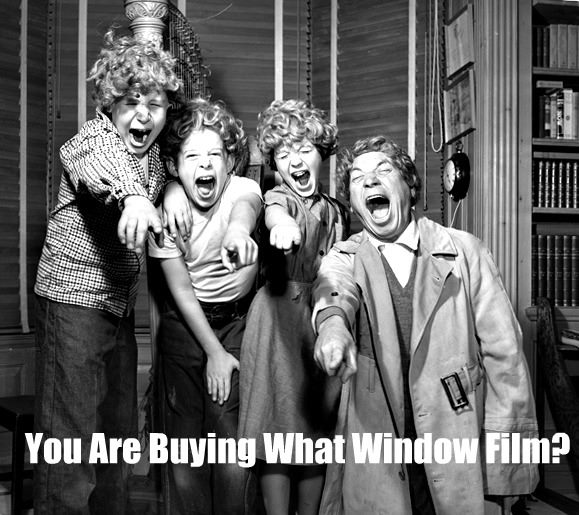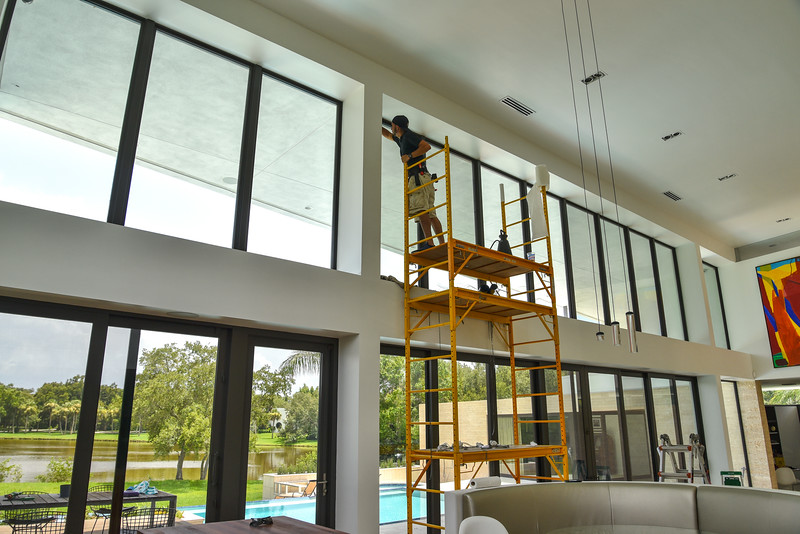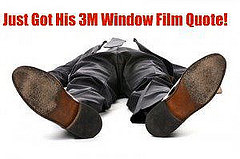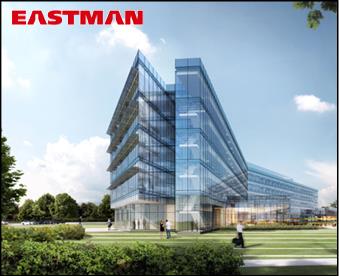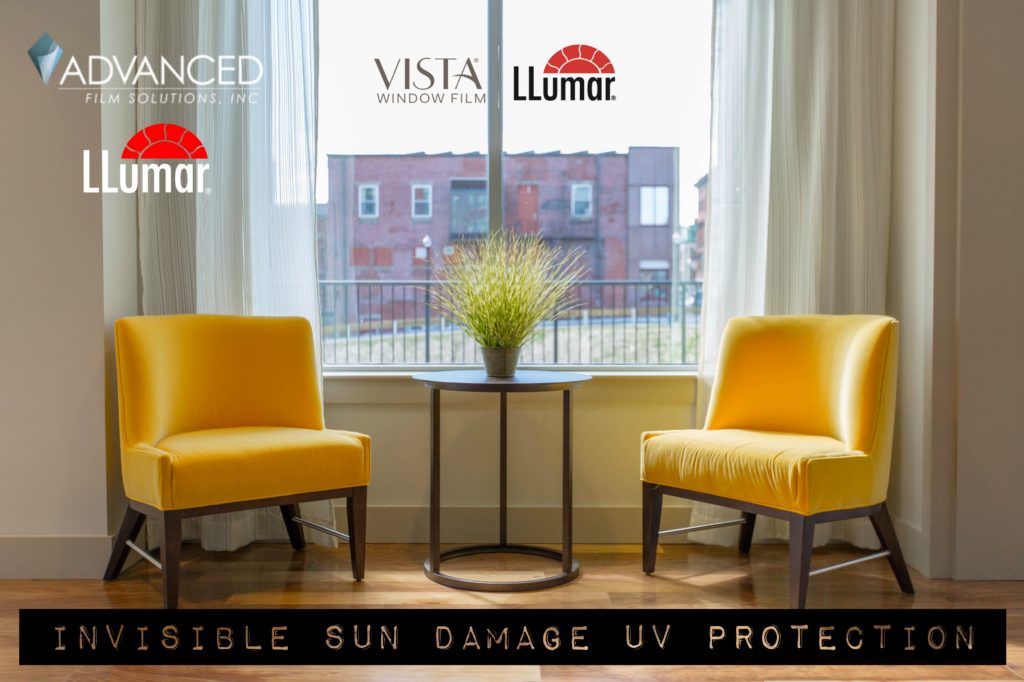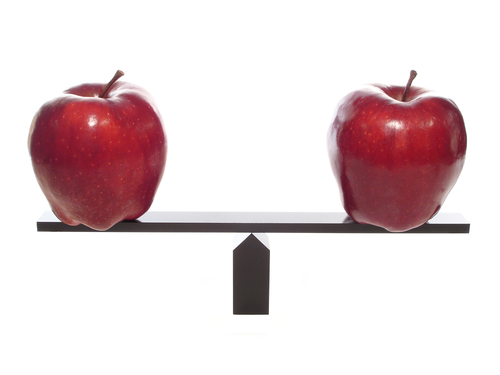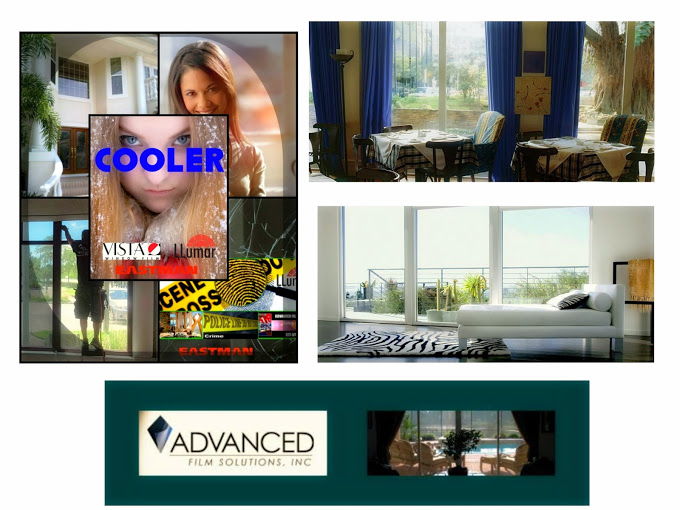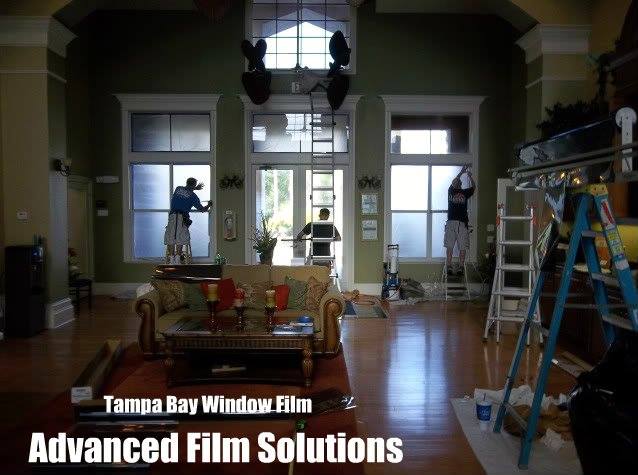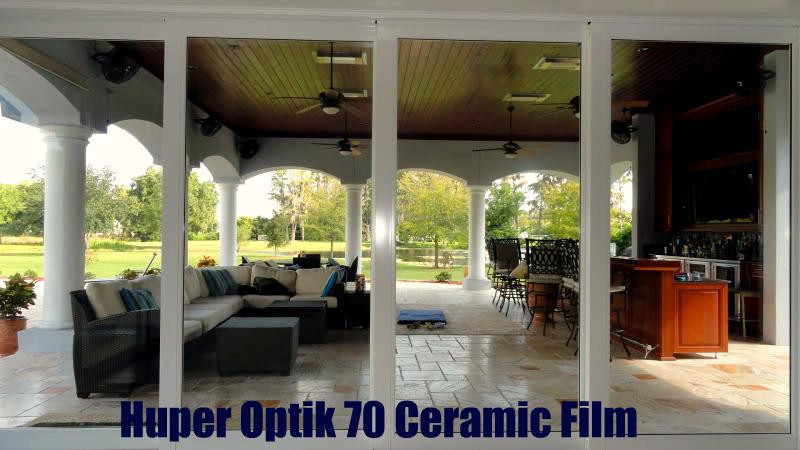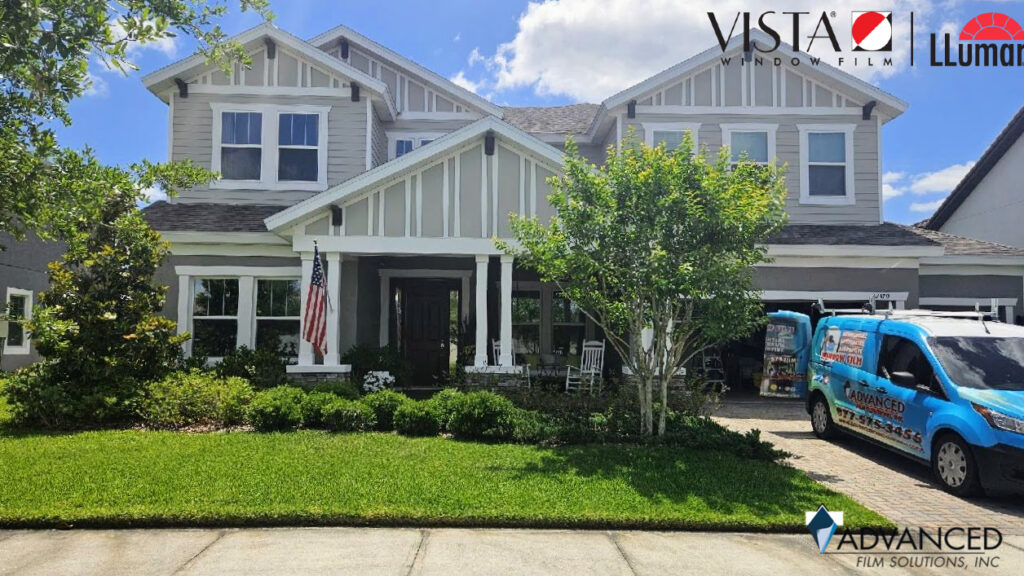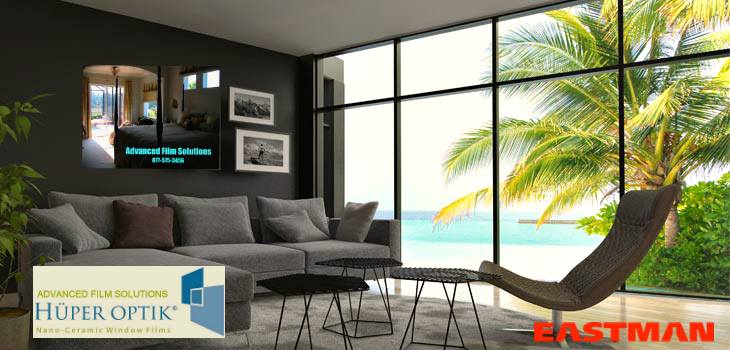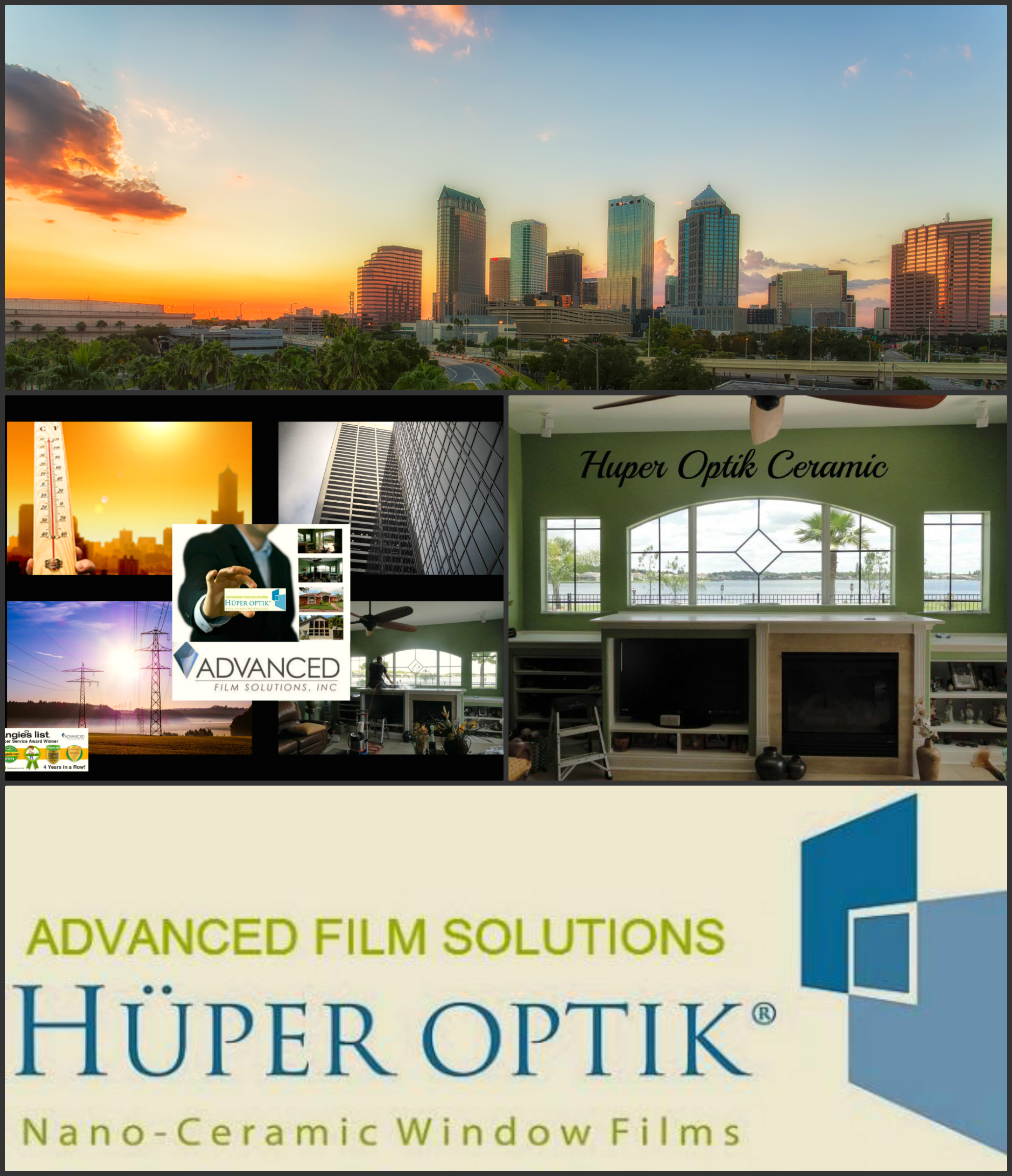Food For Thought
Let’s conduct a “thought experiment” by assuming that a university was seeking a clear window film that could reject heat without altering the appearance of their glass.
Let’s further assume that a representative of one brand of film got word of this interest and was the first vendor to consult with the key decision makers.
How might that representative set a specification that would win the project?
What would you do if you were 3M and rejecting more heat isn’t in your bag of tricks?
There are many competitive films that block more heat than Prestige 70.
This isn’t guess-work, but rather a factually based on the NFRC performance ratings.
There are competitive films that are optically clearer and won’t shift the light to blue.

There are films that offer better glass coverage for much higher recompense should something happen to the seals.
There are films that block as much heat in the summer as Prestige 70 while insulating glass in the winter and throughout the entire year!
What they did instead was to create a product specification that focuses on implied attributes that have nothing to do with on glass performance, appearance or functionality.
Let’s take a look at a 3M Prestige 70 specification.
“Total Solar energy rejected at not less than 50%”:
Sounds impressive but I can readily think of several competitive films with equal or superior TSER and Solar Heat Gain Coefficient.
A measurement of near-infrared rejection only takes into account radiation in the near-infrared range, while solar energy rejection measures both near-infrared and visible light rejection.
Visible light, when transmitted through glass and absorbed by furniture or carpet, also contributes to heat gain.
Total Solar Energy Rejected (TSER) at 60 Degrees (ASTM E903): Not less than 59%.
They even reference an ASTM test and now somehow the Prestige 70 Film miraculously improved its total solar energy rejected by nearly 20%!!
Let’s see if there is anyone else can possibly invent a film that works better during the hottest time of day?
The 3M representative will proudly state that their Prestige film blocks 97% of the infrared heat (now, that sounds impressive!)
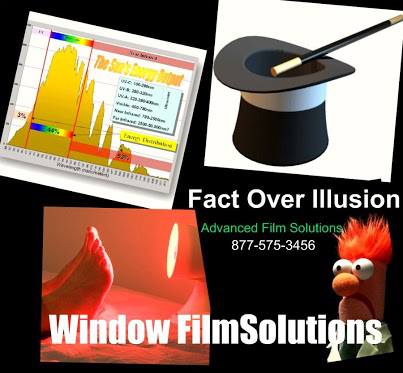
Until you realize that the 3M film does not block 97% of the entire near and far IR wavelengths; but rather (read the fine print!) the narrow wavelengths between 900-1000 nm.
“97% of the IR” and blocks 59% of the total solar energy at 2:00 PM, and somehow..
But wait there’s more. .
The 3M specification further stipulates:
Because they are manufactured without metals, these films are not susceptible to corrosion in coastal environments and do not interfere with mobile phone reception.
Non 3M window films like Huper Optik use a variety of stable elements that will never corrode or interfere with EM or radio waves.

That’s a nice touch isn’t it?
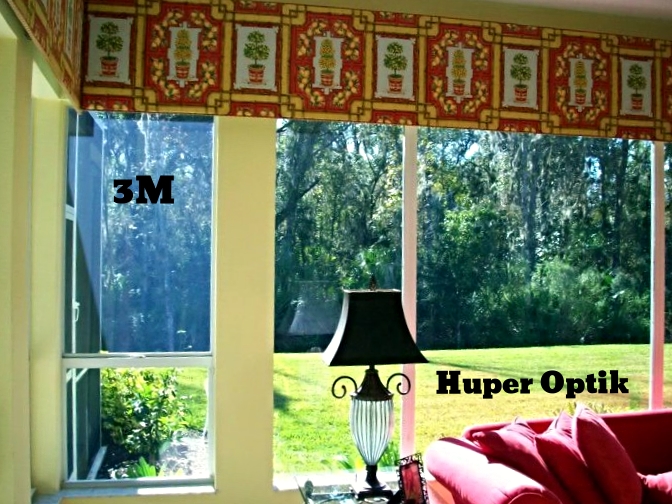 When I worked for 3M I wondered aloud why we couldn’t create a film that would actually block more heat than competitive films?
When I worked for 3M I wondered aloud why we couldn’t create a film that would actually block more heat than competitive films?
Why couldn’t we add a few more multi-layers to get the documented TSER up to 60%? (sans gimmicks!)
The lab guy just looked at me and rolled his eyes.
9 years later and they still haven’t figured out how to really improve their on glass heat rejection; so these silly games are still being played.
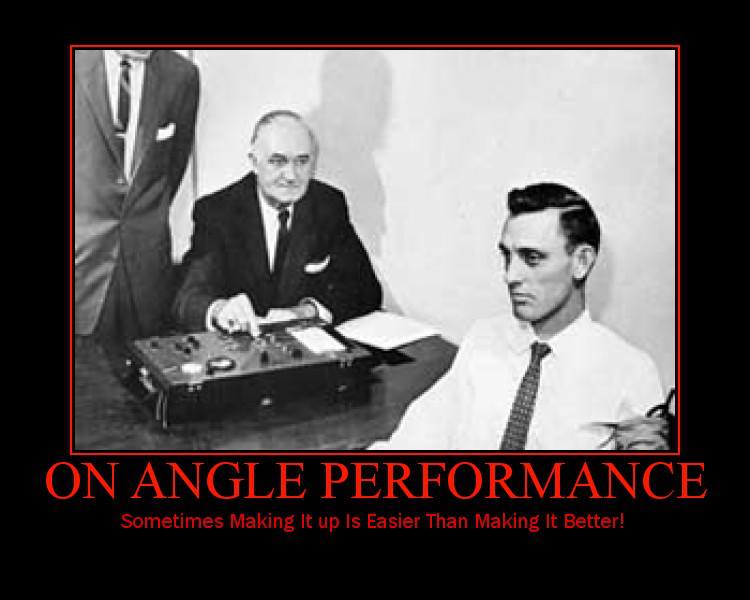
Figure out how to actually and factually improve your heat rejection in the afternoon instead of pretending Prestige is unique at angles. (Heck Saran Wrap works better at an angle!)